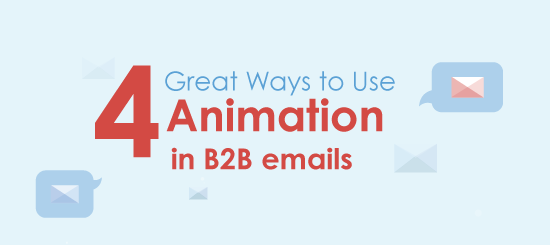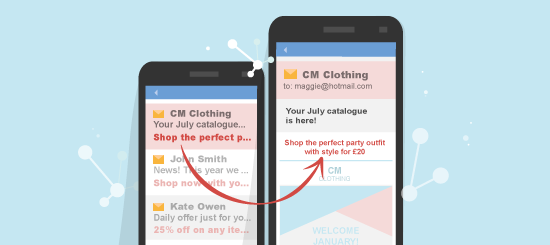Like millions of other subscribers, we all receive masses of unwanted email on a daily basis. Unsolicited messages will not only have an impact on the effectiveness of your campaign, but they can also negatively impact future ones.
With emails possessing the highest return on investment across digital channels, it’s no surprise that it is the communication method of choice. However as the average person receives 416 emails per month, readers have never been harder to please.
Campaignmaster‘s reporting features open rates, click-throughs, opens over time and provides valuable insight concerning unwanted email, specifically if it was marked as spam (also known as a complaint). Instead of deleting emails the reader may mark them as spam. You might consider a complaint and a deleted email to be very similar but understanding the differences is crucial to your marketing strategy. Deleted messages will remain unread, whereas emails considered spam will always filter into the junk folder and some may even be blocked completely. If too many complaints are made you can get in hot water with ISPs who may block future emails, seriously affecting your deliverability. As a result getting campaigns just right is essential.
Even the most interesting, beautifully designed email can be unwelcome. Thankfully you can avoid the menacing delete button with a few simple steps.
Step 1 – Double Opt-In
Always confirm you have consent to send an individual information. Ensure they truly want to receive communications by sending a confirmation email when subscribing. No confirmation, no email.
Step 2 – Relevant Content
There’s nothing wrong with sending a few emails every now and again but keep the reader interested with news or promotions relevant to them. Use dynamic content (based on user data) to construct emails with content specific to the individual.
Step 3 – Consistency
The balance between too many emails and not enough is a delicate one. Nevertheless when sending out regular content such as newsletters, use the same template and send at the same time and day of the month. Routine will prevent you from bombarding inboxes and will provide readers with something they can look forward to receiving.
Step 4 – Mobile Optimisation
You might be hearing a lot about mobile optimisation, but that’s because it’s now a vital part of email marketing. Approximately 51% of users now view their emails on their mobile. Any mail out that isn’t responsive is likely to be overlooked, deleted or unsubscribed.
Step 5 – Easy Unsubscribe
You’ve tried your best to win over the subscriber by creating an inviting and engaging email, but if all else fails include a clear and easy to find unsubscribe button. Easy to access unsubscribe buttons can make a dramatic difference to the number of complaints. Long-winded processes and hidden unsubscribes are frustrating, so if it’s easier to mark it as spam they probably will. If you’re opposed to a universal unsubscribe button, provide a link to a subscription form and allow readers to customise their preferences. Campaignmaster’s channel unsubscribe allows you easily manage subscribers and keep them informed of the campaigns they still want to hear about.
Keep these steps in mind when creating your email to avoid sending of unwanted mail and increasing the effectiveness of your campaigns.
Sources:
Econsultancy: Email remains the best digital channel for ROI
Marketing Charts: Average Email Subscriber Gets 416 Commercial Messages Per Month
SocialTimes: Marketers Are Still Ignoring the Shift Toward Mobile Email









